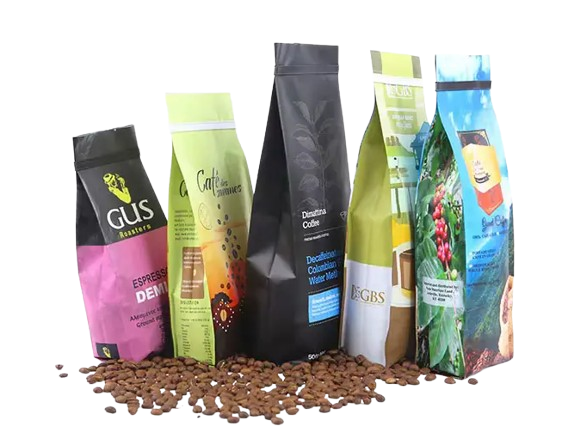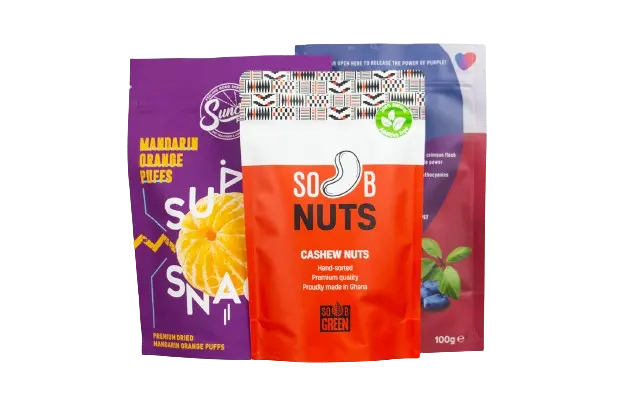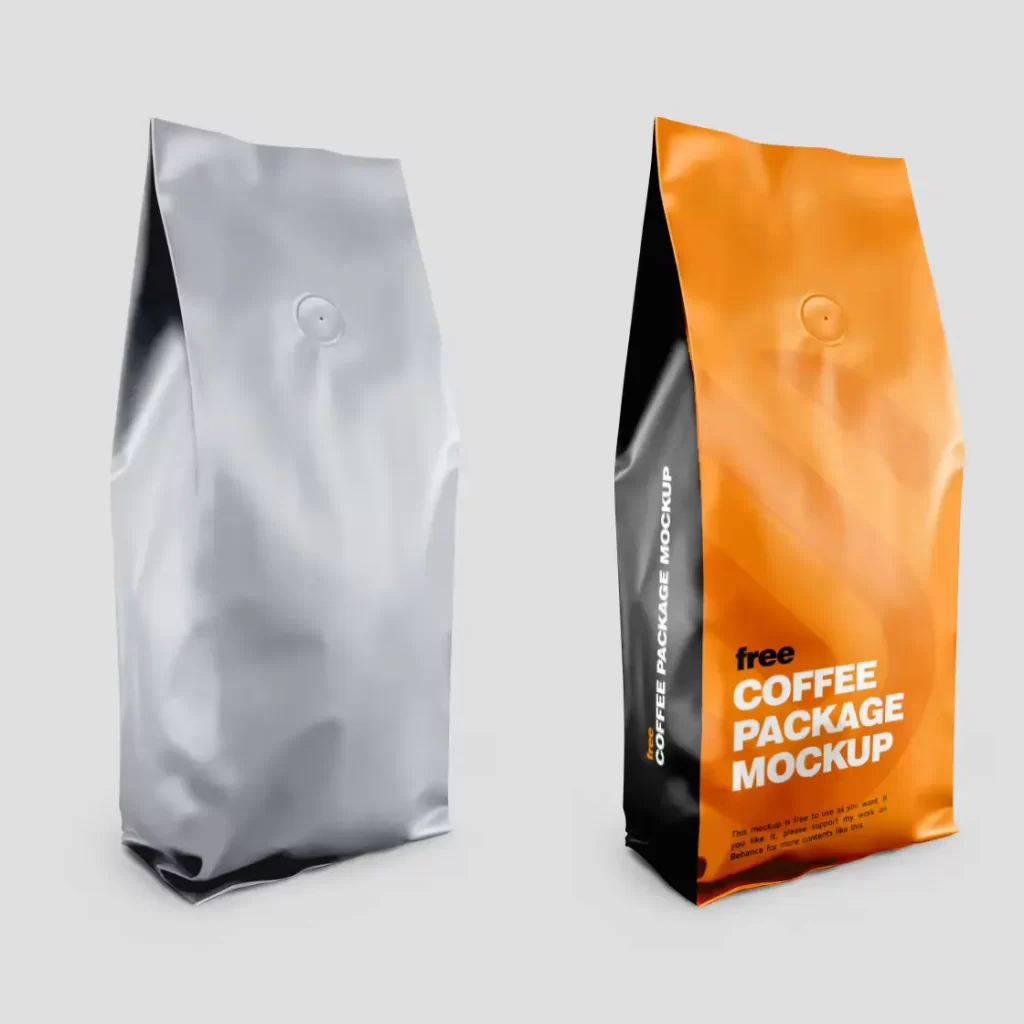WeChat:
+86-189 7322 3283
What’s app::
+86-13630093256
Content Menu
● What is Bag-in-Box Packaging?
● Why Choose Bag-in-Box Packaging?
>> Key Advantages of Bag-in-Box
● How to Identify the Best Bag-in-Box Solution for Your Product
>> 1. Understand Your Product Requirements
>> 2. Choose the Right Bag Material
>> 3. Consider the Outer Box Features
>> 4. Evaluate Dispensing Mechanisms
>> 5. Assess Supplier Capabilities and Support
● Benefits of Bag-in-Box Packaging in Different Industries
● Sustainability Considerations
● How to Implement Bag-in-Box Packaging in Your Supply Chain
● Frequently Asked Questions (FAQs)
>> 1. What types of products can be packaged in bag-in-box systems?
>> 2. How does bag-in-box packaging extend product shelf life?
>> 3. Are bag-in-box packages environmentally friendly?
>> 4. Can bag-in-box packaging be customized?
>> 5. What should I consider when choosing a bag material?
In today’s competitive market, selecting the right packaging solution is crucial for product protection, shelf life extension, and consumer convenience. Bag-in-box (BIB) packaging has emerged as a leading option for liquid and semi-liquid products, offering numerous advantages over traditional packaging types. This comprehensive guide will explore how to find the best bag-in-box packaging solutions, covering key features, materials, benefits, and practical considerations to help manufacturers, distributors, and retailers make informed decisions.

Bag-in-box packaging consists of a flexible bag housed inside a rigid outer box, typically made from corrugated cardboard or solid board. The bag contains the product, often a liquid such as wine, juice, or industrial fluids, while the box provides structural protection during handling and transit. A dispensing tap or valve attached to the bag allows for controlled pouring, minimizing contamination and exposure to air.
This packaging system has been used for over 45 years and continues to evolve with innovations in materials and design to meet diverse industry needs[1][4].
– Storage Efficiency: The rectangular shape allows easy stacking without special pallets, optimizing warehouse space and distribution logistics.
– Transportation Savings: More units fit on a single skid or container, reducing shipping costs. The flexible bag resists breakage better than rigid containers.
– Sustainability: Uses fewer resources than plastic bottles, with recyclable cardboard boxes and lighter weight reducing carbon footprint.
– Convenience: Lightweight, easy to handle, and equipped with spigots for simple dispensing.
– Extended Shelf Life: Airtight bag construction preserves product freshness even after opening.
– Versatility: Suitable for liquids ranging from 1 liter to 1000 liters or more, adaptable to various industries[2][4][5].
The first step is to analyze the nature of the product you want to package:
– Type of liquid: Is it food-grade like wine, juice, or dairy? Or industrial fluids such as chemicals or detergents?
– Shelf life needs: Does the product require an oxygen barrier or protection from light?
– Volume: What size range fits your distribution and consumer needs (1L to 1000L or more)?
– Temperature sensitivity: Will the product be refrigerated or stored at room temperature?
Bag materials vary depending on barrier properties and sustainability goals:
– Metallized PET film: Offers excellent oxygen and light barrier but is less recyclable and can produce toxic waste when incinerated.
– EVOH-based transparent film: Provides good barrier properties and is more environmentally friendly due to better recyclability.
– Polyethylene (PE) film: Used when barrier properties are less critical, often for short shelf life products[3].
Selecting the appropriate film ensures product safety, longevity, and aligns with sustainability commitments.
The outer box protects the bag and aids branding:
– Made from corrugated cardboard or solid board for durability.
– High-quality printing options to enhance shelf appeal.
– Size and shape optimized for stacking and transport.
– Customizable to meet specific marketing or logistical needs[4].
The dispensing tap or valve is crucial for user convenience and product preservation:
– Tamper-proof taps reduce oxygen ingress.
– Easy-to-use spigots enable controlled pouring.
– Compatibility with filling lines and automation improves efficiency[4][5].
Look for suppliers offering:
– Complete systems including bags, boxes, taps, and filling machinery.
– Customization options tailored to your product.
– Certifications for food safety and quality (e.g., FDA, EU compliance).
– Sustainability certifications and environmental responsibility[1][4][5].

– Extends shelf life of wine, juice, dairy, and liquid foods.
– Reduces product waste due to airtight dispensing.
– Enhances brand visibility with printed outer boxes.
– Lightweight packaging reduces transportation emissions[2][4].
– Safe containment of chemicals and fluids.
– Durable packaging withstands rough handling.
– Flexible sizing for bulk or retail packaging.
– Reduced risk of leaks and contamination[5].
Bag-in-box packaging offers a significantly lower environmental impact compared to glass bottles or rigid plastics:
– Up to eight times lower carbon footprint than glass bottles.
– Cardboard outer boxes are recyclable.
– Bags are lighter, reducing fuel consumption during transport.
– Some suppliers offer recycle-ready films to further reduce waste[2][4][5].
Choosing a supplier committed to ISO 14000 environmental standards ensures responsible production.
– Pilot Testing: Trial different bag materials, box sizes, and taps to find the best fit.
– Filling Technology: Invest in or partner with suppliers offering clean or aseptic filling lines.
– Training: Educate staff on handling, storage, and dispensing to maximize benefits.
– Customer Feedback: Monitor end-user experience to refine packaging design and functionality.
Finding the best bag-in-box packaging solution requires a thorough understanding of your product’s needs, material options, and supplier capabilities. This packaging system offers unmatched advantages in storage, transportation, sustainability, and consumer convenience. By choosing the right combination of bag materials, outer box design, and dispensing taps, businesses can protect product quality, reduce environmental impact, and enhance brand appeal.
If you’re ready to elevate your packaging strategy with innovative bag-in-box solutions, contact our experts today to discuss customized options tailored to your product and market.

Bag-in-box packaging is suitable for a wide range of liquids including beverages (wine, juice), liquid foods (sauces, dairy), and industrial fluids (chemicals, detergents). It supports volumes from 1 liter up to 1000 liters or more.
The multi-layered bag provides an airtight seal that prevents oxygen and contaminants from entering, preserving freshness even after opening. The dispensing tap also minimizes air exposure during use.
Yes, they have a lower carbon footprint than glass or plastic bottles due to lighter weight and recyclable cardboard boxes. Some bags use recyclable films, and overall resource use is minimized.
Absolutely. Outer boxes can be printed with high-quality graphics for branding, and bags can be tailored in size and material to meet specific product requirements.
Consider the product’s sensitivity to oxygen and light, shelf life needs, and sustainability goals. Metallized films offer strong barriers but are less recyclable, while EVOH-based films balance barrier properties with environmental friendliness.
Hot Tags: Packaging Bag In Box, Bag In Box Packaging, Liquid Packaging Bags, Flexible Packaging Box, Bag In Box Manufacturer, Food Grade Bag In Box, Bulk Liquid Packaging, Wine Bag In Box, Custom Bag In Box, Eco-Friendly Bag In Box, manufacturers, Customized, custom, suppliers, buy, cheap, Quality, Advanced, Durable, in stock, free sample, made in China, price, quotation